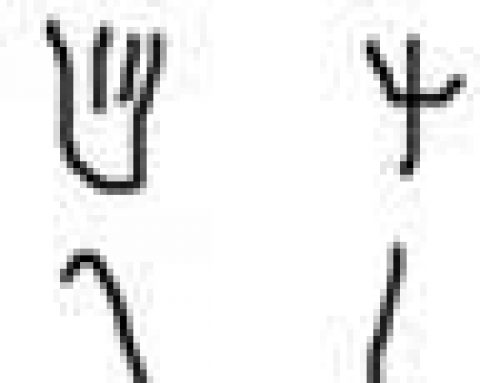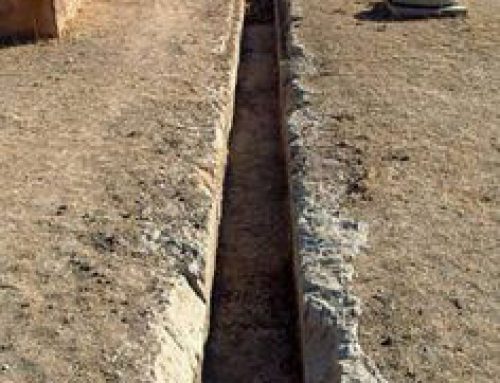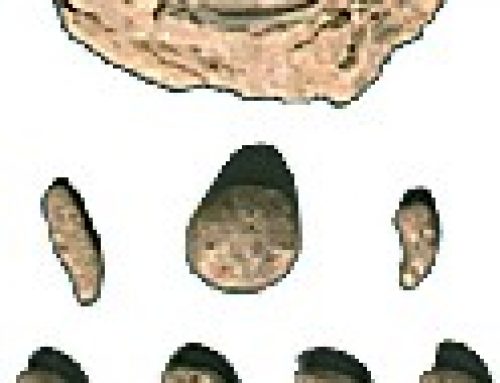
Skeleton of a salt miner from Sassanid Iran
Who worked in ancient mines?
Mining was a dangerous job. So most people in the ancient world didn’t want to do it. This is the skeleton of a young salt miner. Very likely the miner was enslaved, so he didn’t have any choice about working in the salt mine. He died inside the mine, and nobody bothered to take his body out of the mine and bury it. Then the salt in the mine preserved his body. That’s how archaeologists found it.
Slavery in ancient West Asia
Why did people mine salt?
What’s the Sassanian Empire?
All our West Asia articles
This poor miner lived about 500 AD, in the Sassanian Empire (modern Iran). He was wearing a quilted tunic down to his knees, and gaiters (laced-up stockings) up to his thighs. In his hands, he carried oil lanterns so he could see in the dark tunnels. He also had a dagger in a leather sheath. He wore earrings in both ears.
More about oil lamps
More about the Sassanian Empire
And more about salt
Bibliography and further reading about West Asian people:
Find Out About Mesopotamia: What Life Was Like in Ancient Sumer, Babylon and Assyria, by Lorna Oakes (2004).
Ancient Mesopotamians, by Elena Gambino (2000). For kids, retellings ofMesopotamian stories and lots of context.
Ancient Egyptians and Their Neighbors: An Activity Guide, by Marian Broida (1999). Not just Egypt! Includes activities for kids about the Sumerians, the Babylonians, the Hittites, and the Nubians.Everyday Life in Ancient Mesopotamia, by Jean Bottero and others (2001). Translated from French.
Life in the Ancient Near East: 3100-332 B.C.E., by Daniel Snell (1998).




